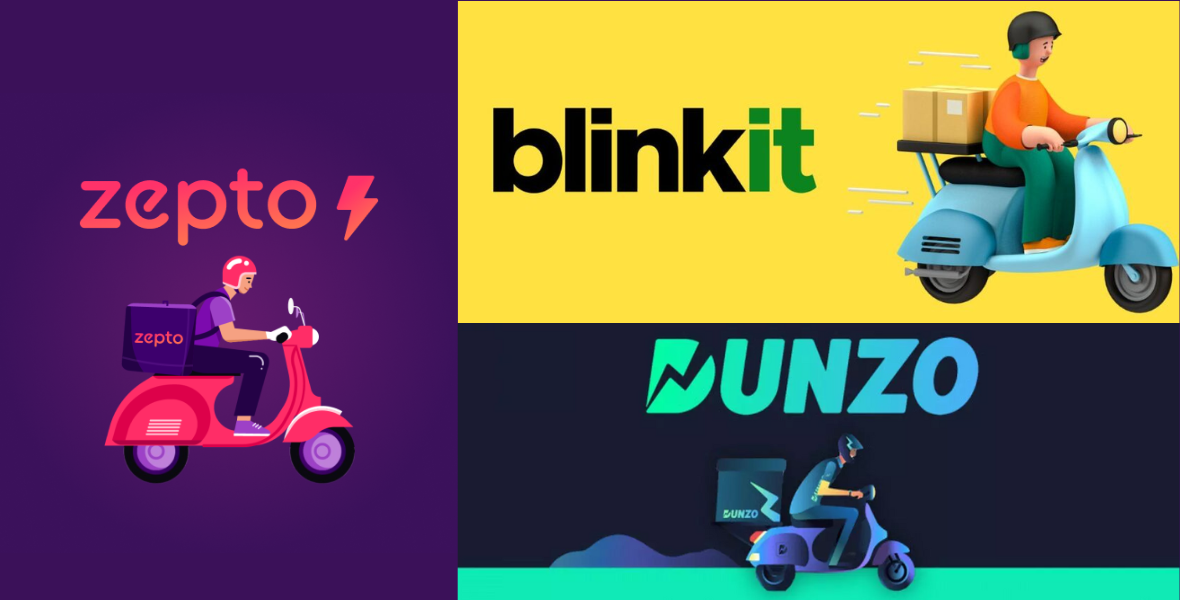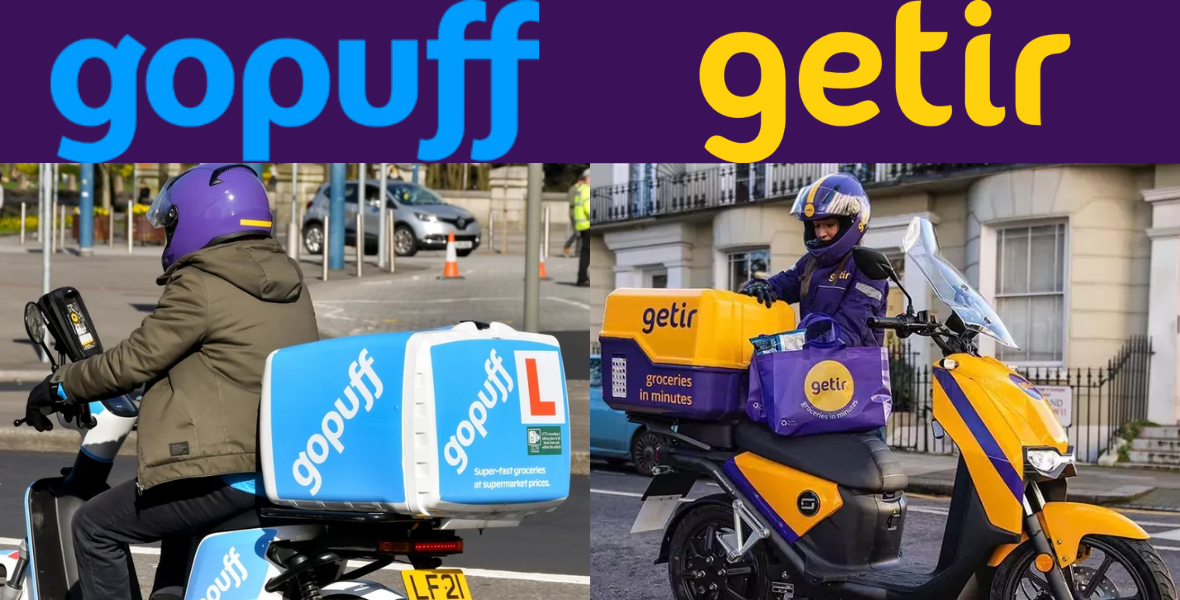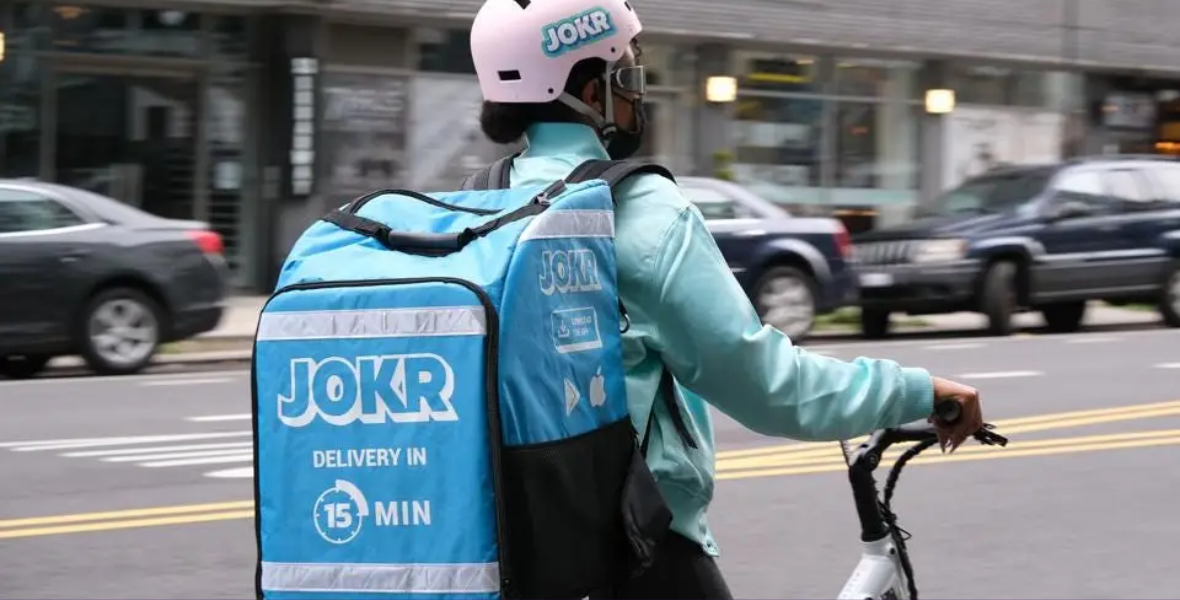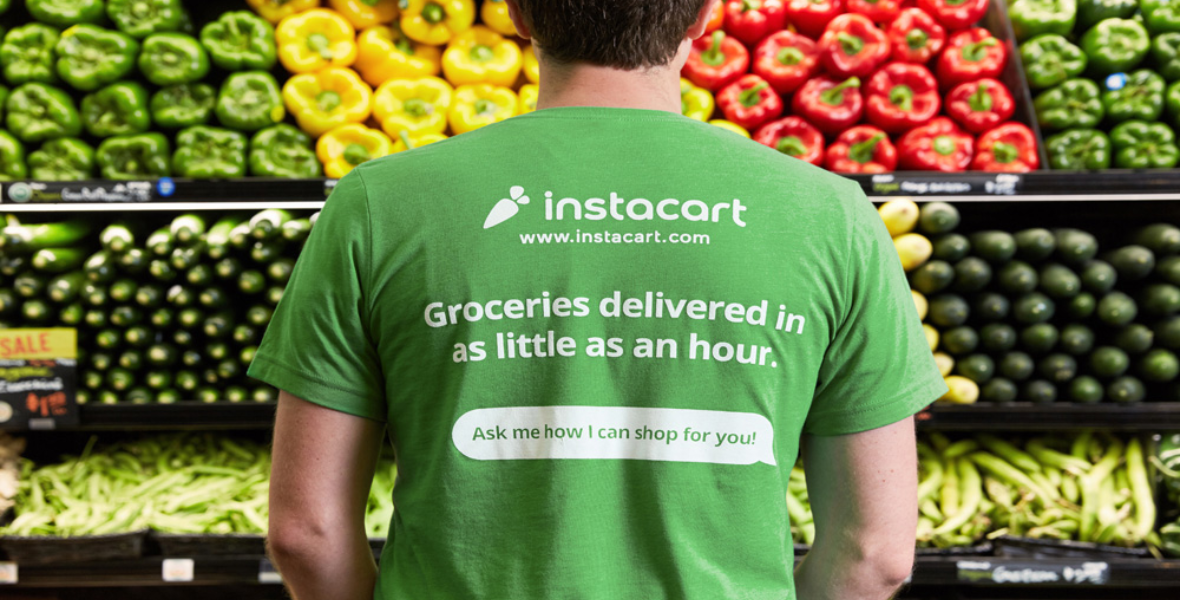
If my grandfather was alive and I told him this, he would have been so happy (or may be not because he liked the experience of his morning walk along with getting the glass bottle filled with milk from Mother Diary Depot that was close to our house. Think of yourself in your daily busy life, rushing to meet deadlines while juggling personal commitments. In the middle of a critical virtual meeting, you realize that you’ve run out of milk for tea. Within 10 minutes of placing an order via a q-commerce) app, the milk arrives. No disruptions, no delays, just unparalleled convenience.
This scenario, once a luxury, has now become a daily reality in urban India. The rapid evolution of q-commerce is reshaping how we perceive time, convenience, and consumption. What started as a niche segment in e-commerce has grown into a multibillion-dollar industry globally and is revolutionizing urban lifestyles, especially in India.
In this article, I make an attempt to observe few key dimensions of q-commerce and how it is redefining the consumer journey.
1. Speed Meets Precision | Sets Q-Commerce Apart
Q-commerce, operates on the premise of ultrafast deliveries—typically under 30 minutes. The model leverages advanced technology, hyper-local fulfilment centres, and real-time data analytics to meet consumer expectations.
In India, platforms like Zepto, Dunzo, Blinkit (and more) have carved out a niche by targeting urban consumers who value speed and convenience. The Indian urban consumer, characterized by a fast-paced lifestyle, has embraced q-commerce for its ability to bridge the gap between demand and supply with unmatched precision.

Globally, brands like GoPuff (US) and Getir (Turkey) have set benchmarks with their speed-centric models, inspiring Indian startups to innovate further. For instance, GoPuff’s centralized inventory model allows it to deliver essentials efficiently, providing insights for Indian players to replicate in high-density urban areas.

2. The Rise of Hyper-Localization
One of the unique aspects of q-commerce is its ability to adapt to local needs. In India, hyper-localization plays a pivotal role. For instance, during festivals like Diwali, q-commerce platforms stock items like sweets, decorative lights, and traditional gifts, ensuring they meet the cultural and seasonal demands of the Indian market.
This is similar to how Gorillas in Europe customizes its inventory based on local preferences, such as offering fresh croissants and baguettes in France. Indian companies are learning from these global practices and enhancing their offerings to cater to diverse regional preferences, from organic products in metro cities to traditional snacks in Tier 2 cities.

3. Technology as the Backbone of Q-Commerce
From AI-powered inventory management to predictive analytics, technology is the enabler of q-commerce’s success. Companies like Blinkit utilize real-time demand forecasting and geolocation technology to ensure their micro-warehouses are stocked optimally.
Globally, JOKR (operating in Latin America and the US) is a shining example of leveraging technology. By analyzing consumer purchase patterns, JOKR ensures high-demand items are always in stock, reducing delivery times and enhancing customer satisfaction.
Indian players have also started integrating AI-driven customer insights and last-mile delivery optimizations, focusing on making the delivery process more efficient while maintaining quality.

4. The Indian Consumer: Driving Growth in Tier 1 and Beyond
India’s urban demographics are a fertile ground for q-commerce, with tech-savvy millennials and Gen Z consumers leading the charge. I came across a report (probably by RedSeer) which observes that India’s q-commerce market is expected to grow at a CAGR of over 45% by 2025, driven by high smartphone penetration and digital payment adoption.
Interestingly, q-commerce is no longer confined to metros like Mumbai and Bengaluru. Tier 2 cities such as Jaipur and Lucknow are witnessing significant adoption as platforms expand their reach. Localized pricing, vernacular app interfaces, and region-specific offerings have played a pivotal role in this growth.
Globally, this is reminiscent of how Getir expanded from Turkey to Europe, adapting its strategy to fit different urban landscapes. Indian startups are now adopting similar expansion models to tap into the growing demand in smaller cities.
5. Global Lessons in Sustainable Growth
The q-commerce industry’s rapid expansion has raised questions about sustainability, from environmental concerns to profitability. Global leaders like Instacart (US) are experimenting with electric delivery vehicles and optimizing delivery routes to reduce carbon footprints.

In India, Dunzo is piloting similar initiatives, including drone deliveries and EV fleets, to ensure environmentally sustainable operations. The integration of sustainability into the q-commerce model is not just a responsibility but also a competitive differentiator in a market increasingly driven by conscious consumers.
6. The Future of Q-Commerce in India: Predictions and Possibilities
The Indian q-commerce landscape is at a tipping point, poised for exponential growth. Here are three key predictions for the future:
The Indian consumer, with their penchant for convenience and digital-first mindset, will continue to fuel this evolution. The question is not whether q-commerce will redefine urban lifestyles but how quickly it will embed itself into the fabric of daily life.
To conclude this piece, I observe Q-commerce is no longer just a trend; it is a seismic shift in the way urban India shops and consumes. By blending speed, technology, and hyper-localization, it has created a new paradigm of convenience.